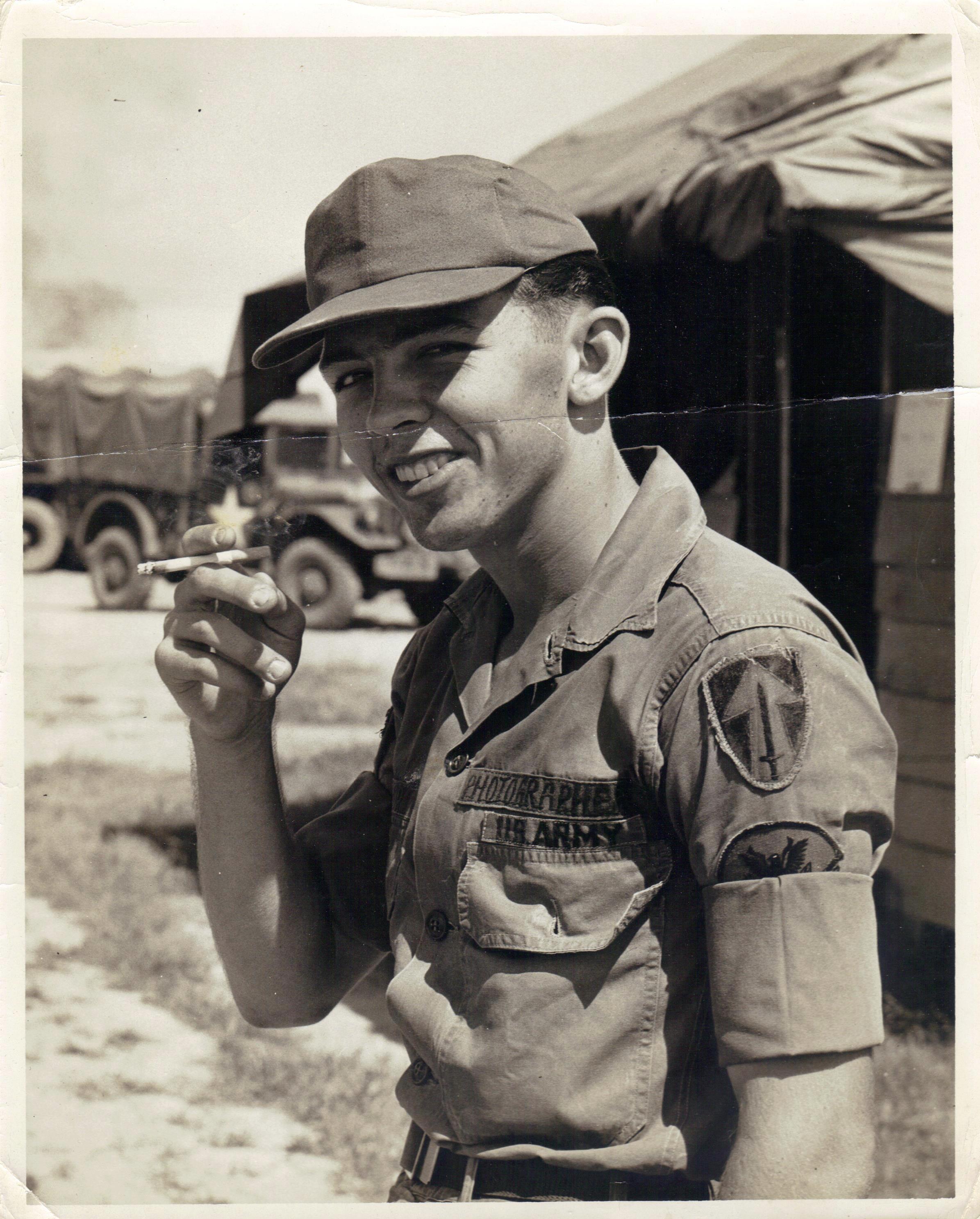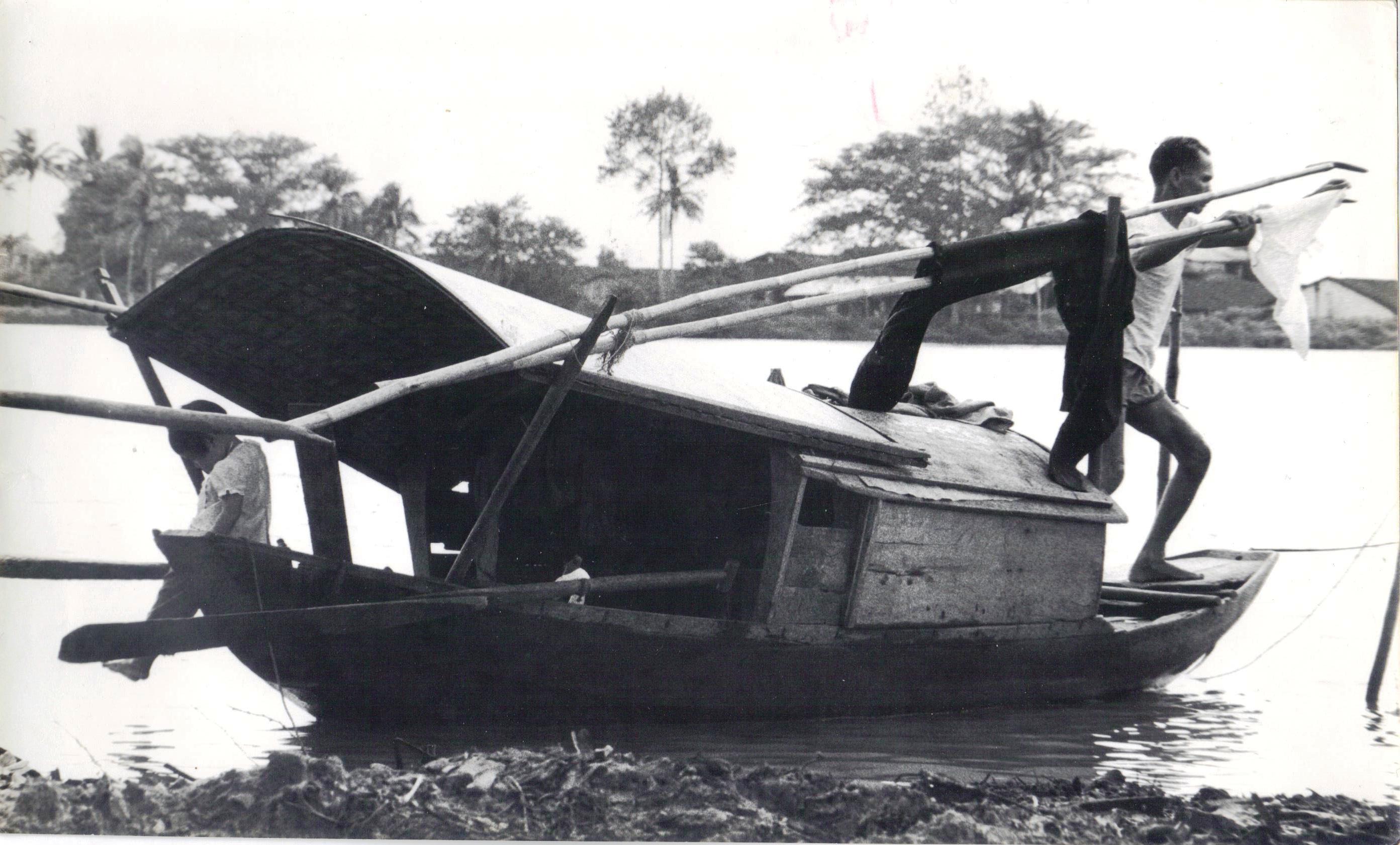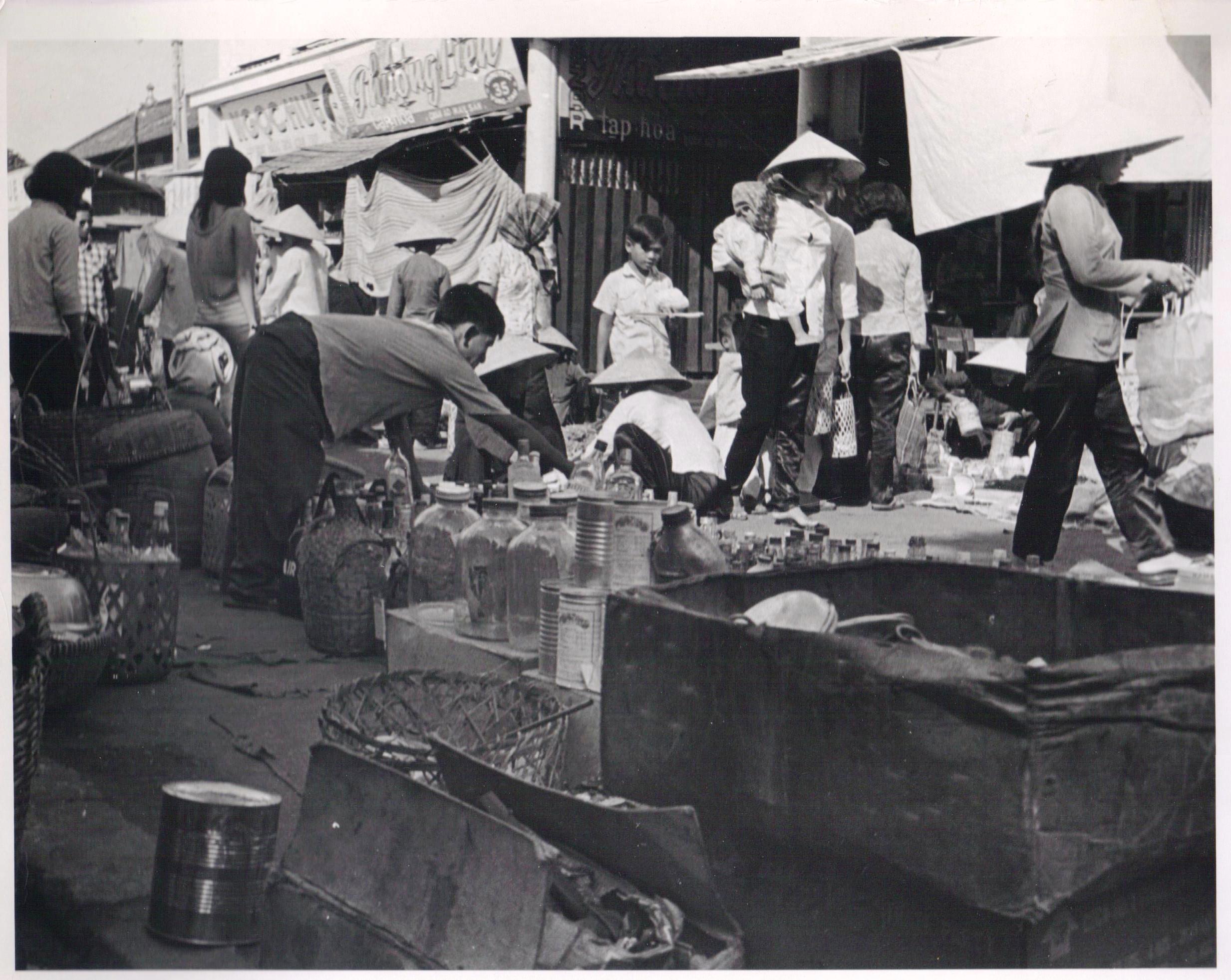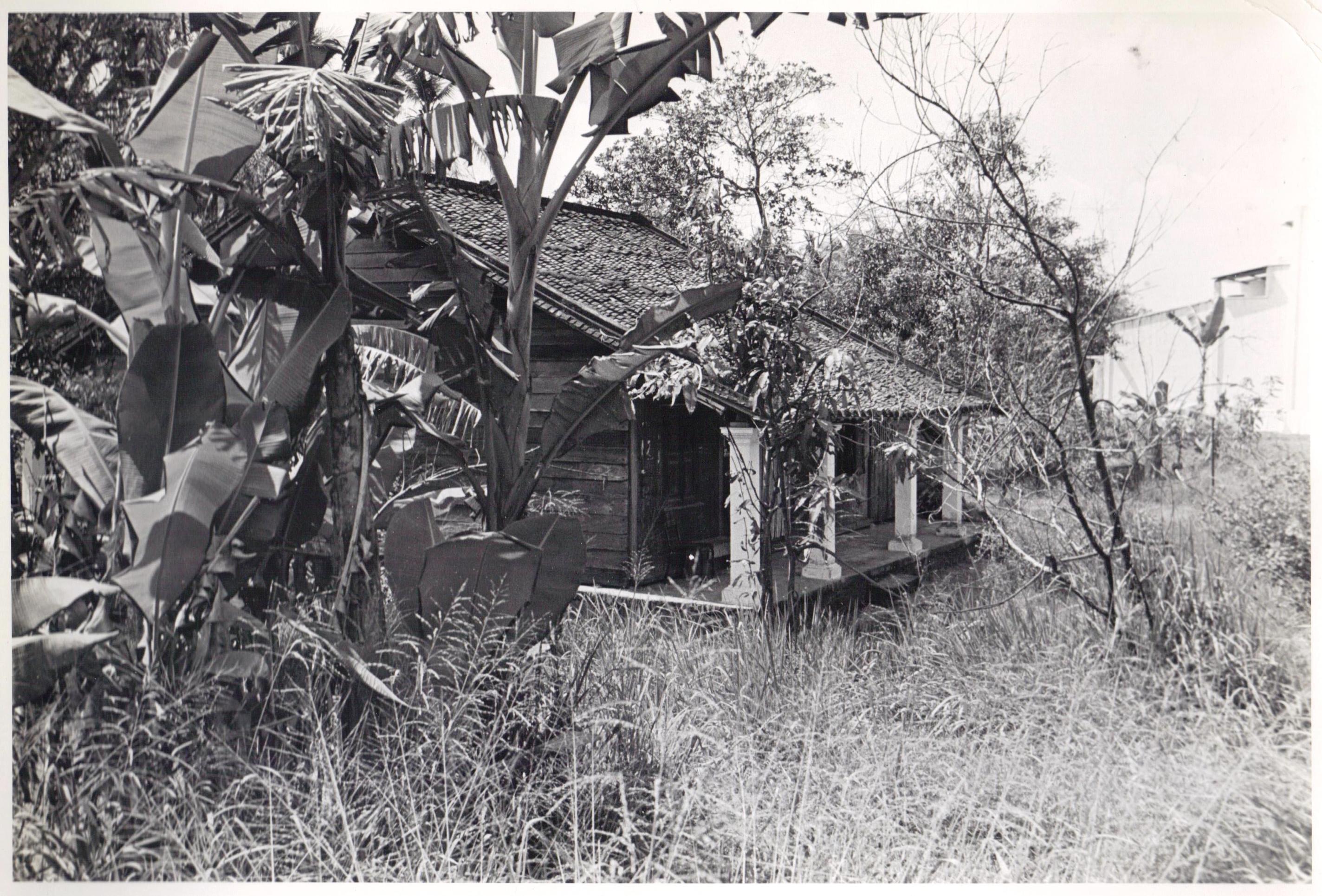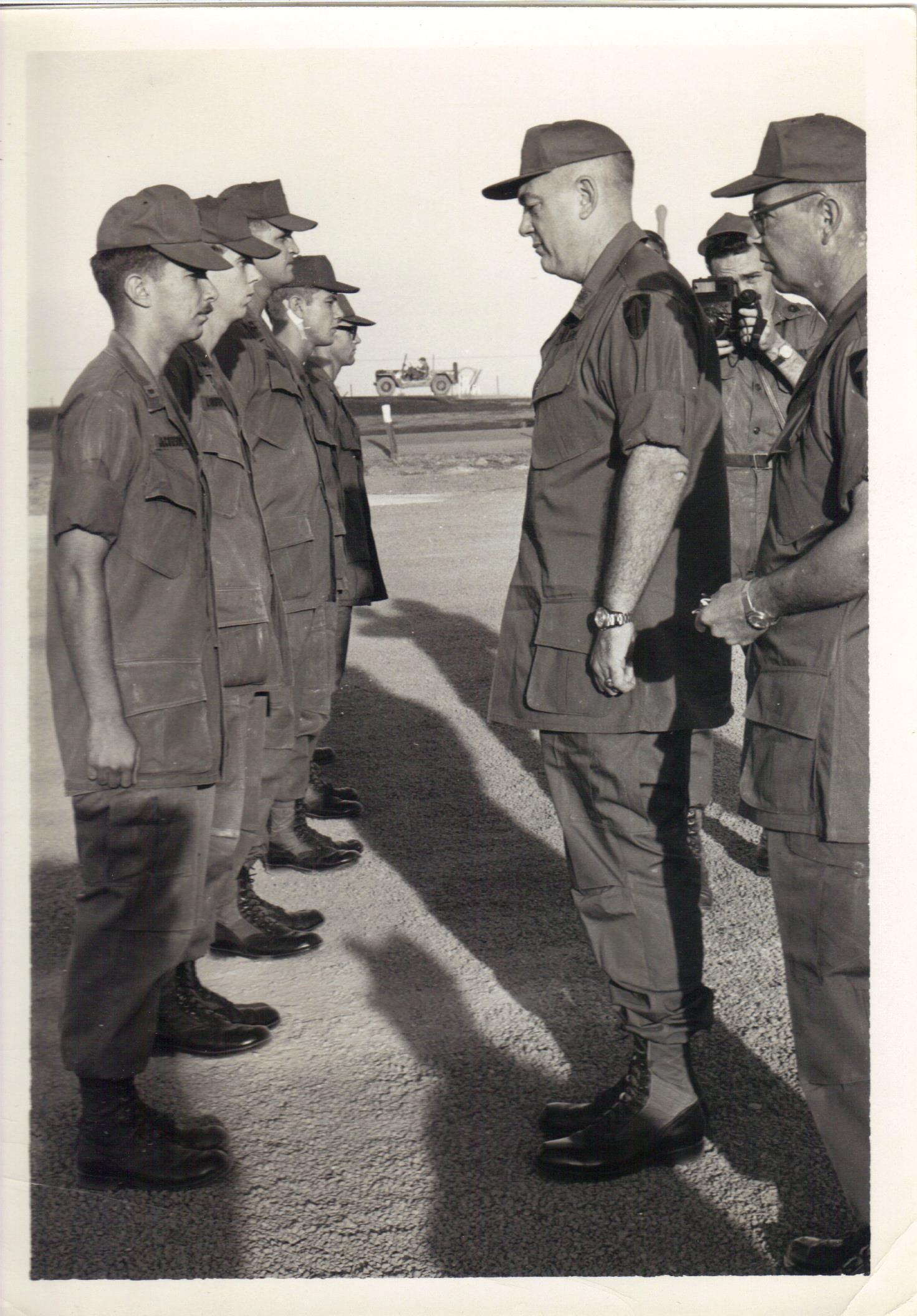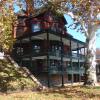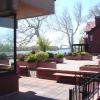These SHOOTS were made by Walker….
by Cate Murway
The Vietnam War was the longest war in United States history. It's been over half a century since the outbreak of major combat operations in Vietnam, a conflict that indelibly marked the American psyche and changed forever how we think about military interventions. In 1954, America entered into a messy war to support South Vietnam against the communist regime in North Vietnam and its allies in southern Vietnam, known as the Viet Cong.
The two-decade long war claimed the lives of more than 3 million people, with the majority of the casualties being Vietnamese civilians. The USA lost 58,220 soldiers during the very costly Vietnam War; night after night, Americans turned on the news to see the bodies of their young flown home in bags.
It not only affected those in battles, but it also left behind long term effects on people everywhere in the world.
North Vietnam was victorious over South Vietnam. The Fall of Saigon on April 30, 1975, almost exactly forty one years ago, marked the end of this very bloody war.
Army veteran E-5 Wayne Vernon Walker “pictured” some of this during his 2 years of photography in Vietnam.
The enemy was hard to identify. The war was not fought between conventional army forces. The Viet Cong blended in with the native population and struck by ambush, often at night.
Looking back at the pictures, emotionally, he must think to himself, "Was I really there?”
Wayne’s father, Navy veteran Daniel Vernon Walker just missed a war between the North and the South, in Korea, the first military action of the Cold War. His mother, Dorothy [Trautman] ran the household and when his dad returned, he was “a used car salesman, but later sold new cars and then sold forklifts”. His business was known as Walker DV Forklifts, Inc.
Wayne’s grandmother, Jacoba ‘Kay’ [Lebbing] was born in Holland and his grandfather, Karl Trautman, had been a trapeze artist circus acrobat in Germany.
Wayne has 3 children and 4 grandchildren. A very short visual history of his time in Vietnam will be defined by a handful of iconic photographs displayed in Calm Waters Coffee Roasters on Mill Street in November 2016.
On November 4th, he will give a short presentation.
Part time grade school jobs for Wayne included paper routes for the now defunct daily evening Bulletin
and the Levittown Times newspapers. He also mowed lawns and shoveled snow.
He secured his very first real job as a stock boy in Martin J. and Mollie Hopkins’ Pal-Mar Cut Rate on 303 Mill Street. It was in their luncheonette that he met George G. Miller of Bristol Photographers, 310 Mill Street, and current location of Mark Carter Photography Digital Design Group.
George lived in the Borough; one of the first occupants of ‘Radcliffe on the Delaware’ [now Delaview Apartments] in the “B” building that was built in the ‘60’s.
Wayne recalls, “He asked me to work for him; I’ll teach ya. He taught me the basics of photography, and by the time I graduated from Woodrow Wilson HS in Levittown the following June, I had become proficient at black & white film developing and printing.”
Wayne had been contemplating a wood shop major. “That had been my career path.”
His HS instructors had sponsored him for a full college scholarship covering tuition, room, board, and textbooks for theory instruction and hand skill training for building construction at the Williamson Free School of Mechanical Trades founded by Isaiah Vansant Williamson. [On July 1, 2015 it was officially renamed Williamson College of the Trades.]
Wayne changed his vocation plans and began working with George Miller. He excelled in the photography field and George asked him to be the photographer for his own daughter, Lynette’s wedding.
“I knew I wasn’t going to college. School was a struggle.”
In 1966, graduation from Woodrow Wilson High School was quickly approaching.
Wayne enlisted to avoid the draft. He originally was shipped to Vietnam as a Personnel Specialist, “sitting at a desk, getting bored” after completing Army basic training in Fort Jackson, SC.
He maneuvered his circumstances and his Military Occupational Specialty ‘MOS’ finally became Photographer. This offered him “options that were infinitely more appealing than fighting VC in the jungles and rice paddies of Vietnam, where the possibility of a fatal outcome was more significant.”
Battle was not foremost on his mind: capturing images, was.
He was given a Speed Graphic camera, using 4”X5” sheet film. He acquired a bit lighter model, a Graflex XL, “a little nicer to handle, but with flash bulbs”.
Wayne was shooting with a camera rather than a gun, documenting some pretty historic moments.
“Since combat photography was a choice, I chose the “none for me thanks” option. Instead, I ended-up shooting a lot of civic action and human interest stuff, which was intended to soften the vulgar imagery that people back home were seeing every day on TV and in newspapers.”
He purchased a 35mm manual focus Minolta SR-T 101camera for his own usage from the Post Exchange ‘PX’ in Vietnam. At the time, Kodak was really the only good paper but it was DuPont paper that was available for the unique and telling images he captured.
He feels that his position as photographer provided him an autonomy that was very uncommon.
“I was like [Captain Benjamin Franklin] "Hawkeye" [Pierce] in M*A*S*H.”, he smiled.
Apparently, he made the best of his life in an isolated Army camp in Vietnam.
“I spent two years among the amazing people of Vietnam, which was my choice. As far as I was concerned, I had the best job imaginable and saw parts of the world I never would have otherwise. I grew as a photographer, and to this day, ‘people’ remains my favorite subject matter. I came away from that experience having learned to NEVER take anything for granted.”
He returned to the States and back to work in George Miller’s darkrooms.
His next 'behind the lens' position was with Marion Whipps at his Whipps Photography, until he partnered with William George “Bud” James at the “House of Photography”.
“I wanted my name on the pictures. I wanted some independence.” His wedding photography business absorbed every weekend. He went back into construction in 1984. “I sold all my photography equipment. I felt beat up all the time.”
Wayne has retired now but woodworking is still a passion. “I would like to make doghouses, bird houses and kids’ playhouses. If I can find a partner, I would invest.”
For now, he “just goes around taking pictures”. There’s a new sense of community pride in Bristol now.”
Wayne Walker, like so very many, realizes that 19007 is ALWAYS picture perfect!
Recommend a “Spotlight”. E-mail vjmrun@yahoo.com
"mobile home" in Ben Wa Vietnam
markets
housing
Army veteran E-5 Wayne Vernon Walker


